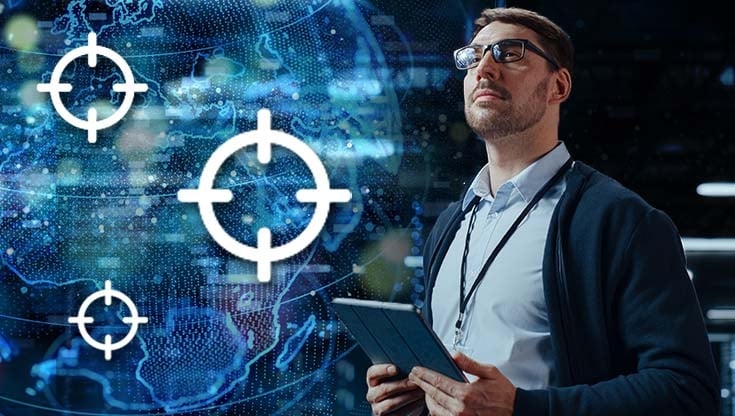3 Tips You'll Want to Know Before Purchasing Your Endpoint Security

Choosing the right solution to protect endpoints is more important than ever in an environment where corporate cybersecurity attacks are more pervasive, sophisticated, and evasive than ever. Over the past decade, endpoint security has evolved from specific products to multi-functional platforms that not only prevent attacks, but also offer response and recovery capabilities. This change has been driven by the need to address the increasing complexity and connectivity of devices and end users, which are an attractive target for cybercriminals.
For many companies selecting the ideal solution for their infrastructure is still a challenge. With so many options on the market, deciding which option is best for your organization's specific needs can be overwhelming. Relying on a managed security services provider (MSP) that offers endpoint security within a portfolio that suits your business needs can make this process easier. But whichever option you choose you need to identify which aspects are critical to your business before you purchase.
Reports such as the IDC MarketScape 2024 answer these questions and provide insight into industry trends for purchasing decision-makers. This survey recognizes WatchGuard as a leader in modern endpoint security category worldwide for midsize businesses because of its focus on delivering comprehensive protection.
Tips for Choosing the Best Endpoint Protection
For midsize enterprises and MSPs serving this segment, selecting the right endpoint security solution is crucial to strengthen cyber resilience. As per IDC 2024 Midsize MarketScape Report, there is a need for comprehensive and effective protection. "Modern endpoint security products have evolved from point products to multifunction platforms that
entail more than EPP and EDR functions to include additional capabilities in prevention and post-attack recovery," according to Michael Suby, research vice president, Security and Trust at IDC.
Here are WatchGuard’s top three tips to guide you in making this decision:
- Assess the current state of your security realistically: don't assume that your organization is invulnerable. Cyberthreats are constantly evolving and so is your digital environment. A realistic approach involves recognizing that your end users and their devices are priority targets for attackers. Before investing in a new solution, make sure you conduct a thorough analysis of your current security. Identify existing vulnerabilities and assess whether your current security technologies are sufficient to protect your devices from sophisticated threats.
- Identify options to strengthen your cyber resilience: Once you have assessed your current security status, identify the areas where your organization is most vulnerable. Determine whether these gaps are due to limitations in your existing solutions or inadequate configuration. Then investigate and evaluate options to elevate your security posture.
- Implement, monitor and adjust: Endpoint security is a dynamic process that involves evolving your security strategy on an ongoing basis rather than a static project. Implementing a new solution is only the first step. You need to monitor its performance, adjust the strategy as needed and perform periodic updates. What works today may not be enough to protect you tomorrow, so you must be prepared to adapt and ensure that your organization is always protected against the latest threats.
By implementing this cycle of continuous improvement, WatchGuard's endpoint security solutions, which address everything from vulnerability management and full encryption to Zero-Trust Application Service, enable you to reduce exposure to cybersecurity risks systematically and enhance your organization's ability to stay ahead of cyberattacks while using a unified security platform.
Read more about the IDC MarketScape 2024 here.


